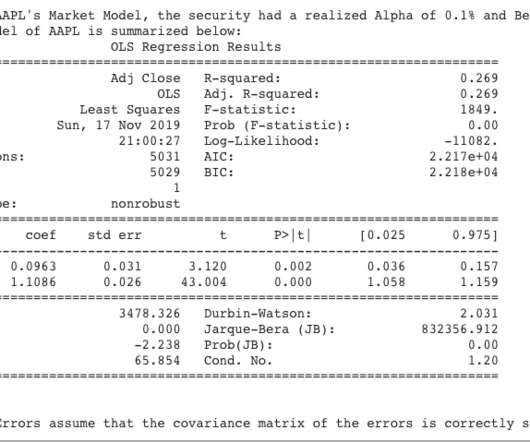Why CEOs should test big digital business ideas in tiny countries.
Mark Raskino
AUGUST 30, 2017
For example in 2003, when I visited Zagreb in Croatia for the first time – they had mobile phone text based payment for car parking. He was talking about something we call the ‘compound uncertainty’ that must be navigated when we want to test and introduce a real breakthrough digital business idea. This is not a new observation.














Let's personalize your content